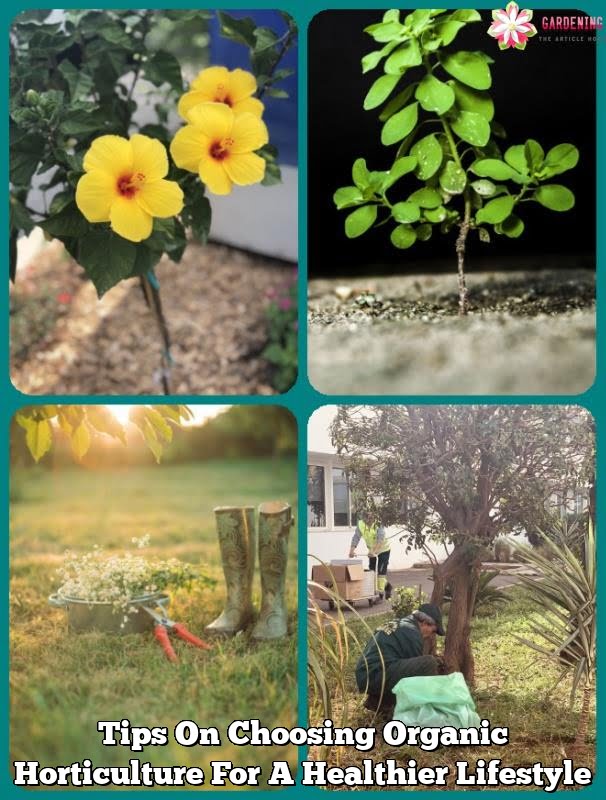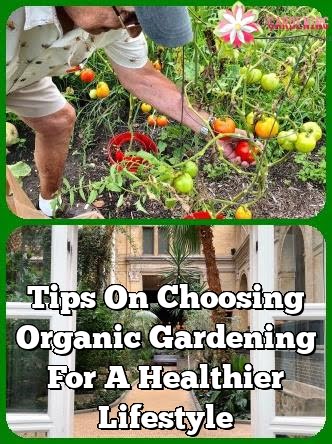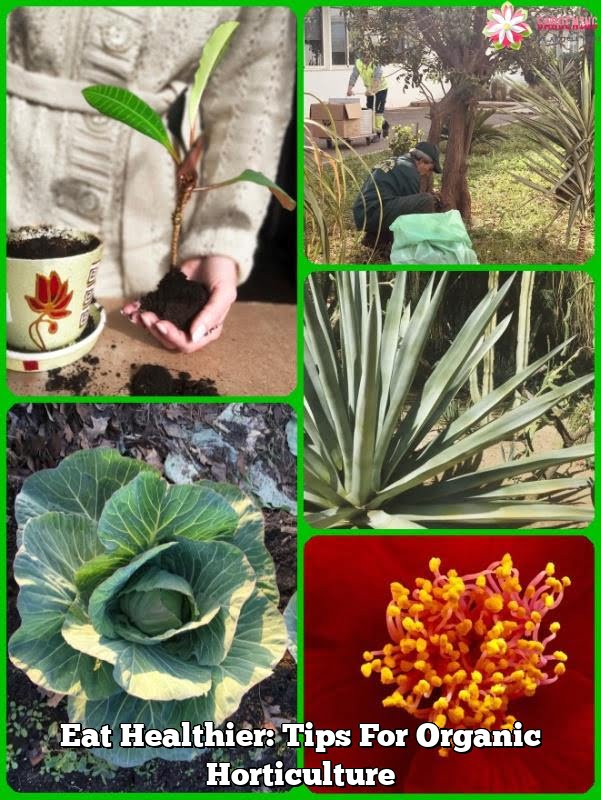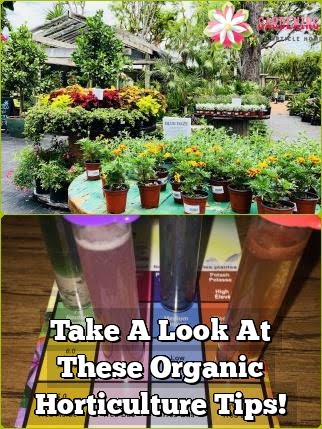Horticulture is well known for its therapeutic and ability to completely relax and rejuvenate those who enjoy taking care of one. Knowing the right soil to get, which horticulture equipment to buy and when to plant your seeds are some of the key questions gardeners are asking.This article contains important information for those interested in horticulture.
Make sure to lay the sod is laid properly.Pull all the weeds and break up any clods of soil. Make sure your soil is flat and even. Make sure you work with a moist all the way through. Lay the sod in straight rows, keeping the joints set off from one another.
Your plants need to adapt and must be gradually introduced to changes of environment. Put them out in the sun outside for a couple of hours on the first day. Over one week, try gradually increasing the time they’re left outside. By weeks end, your plants will be ready for their big move and should have no problems!
Cover any wall or fence with lots of climbers. Many climbers can cover the wall or fence in a single growing season. They can be trained to grow over an arbor, and can even be worked to grow around an arbor. Some need to be tied to a support, but some climbers use twining stems or tendrils and attach themselves to those surfaces. Some climbers that have proven to be reliable are honeysuckle, jasmine, jasmine, climbing roses, and wisteria.
Pick the correct soil in order to get the best results. You can make an artificial area with one variety of soil.
Moisture on plants is sure way to attract parasites and parasites. Fungi is a very common problem in the world of horticulture. It is possible to get rid of fungi after it appears with anti-fungal sprays, but the key is to treat your garden before any problems arise.
Place at least an inch of organically based mulch around your veggies! The mulch will help keeps the dirt around the plants more moist for much longer. It will also helps prevent weeds from growing. This will save you a lot of time from pulling out tons of weeds.
Don’t use broad-spectrum pesticidal products anywhere in your garden. These types of pesticides kill the beneficial insects that destroy the pests. Beneficial bugs are more sensitive to these pesticides than the bugs that are detrimental to plants, so if the good bugs are eliminated, allowing the population of bad pests to multiply. This can cause you to actually use more pesticides to eliminate the problem insects.
Plant items with fall season color in mind.Maple trees come in a variety of fall colors ranging from yellow to deep crimson, and so are beech and dogwood trees. When selecting shrubs that will be colorful during the fall, consider barberry, hydrangea, or cotoneaster.
Choose one plant to be the focal point of your garden. The best focal point should be a plant totally different from the others around it.
Your children will enjoy being involved with your garden. A garden can be a great learning experience for your children, and will give you an opportunity to bond with them while you produce healthy food.
Pine can make for a great mulch. Cover your beds with the needles, they will release acid into the soil and nourish your plants.
Get the most value from your land. Landscaping provides some of the best home improvement return. Some plant investments can raise your home value by 20% or more.
Some common examples are petunias and ageratum. If you’re not sure, the resources are often provided along with the seeds, or you can find out online.
Create a raised bed for your garden out of stone, brick or untreated wood.Choose a wood that is resistant to rot and is untreated.Some good choices include locust, cedar, and cypress. In a veggie garden, avoid using treated wood to enclose or demarcate different sections of your vegetable garden. If you are already using treated lumber, you can use plastic liners, however, be sure to line it with some type of barrier like plastic sheeting.
This tip greatly eases your organic gardening tip! Plan your landscaping with primarily native grasses, flowers, and grasses. If you select plants able to thrive in your climate, soil variety and indigenous neighbors, you won’t need to do as much work to get the plants to coexist peacefully. Native plants will thrive if you encourage growth with only natural compost.
There are many plant kinds of plants that can grow in an organic garden. Mulch is a must-have for plants that need acidity to thrive. These kinds of plants should be mulched with a thick layers of pine needles around fall every year.
Weeds are irritating no matter what type of any garden’s existence. This method of killing weeds is safer for your other plants.
Organic Compost
Leaves make for a great organic compost pile which you can mix with soil. You will find this is a great method of creating organic compost for your garden at no cost.
Use gutters and rain barrels to trap rainwater to use it to hydrate your organic garden. This will help reduce costs when you are watering your garden on a regular basis. You will see that rainwater is a natural friend to plants.
You can conserve more water by using mulch in your garden. You can get mulch from a variety of sources like tree branches, dead plants and leaves, or dead plant materials. The important thing is to have an adequate supply of it.
Bees can help your garden as they promote pollination. There are harmful bees though, some bees such as the carpenter bees, which creates its nest by eating through wood. Most bees should be allowed to do their business in your garden for maximum benefits.
As was discussed in the article, gardening can be quite a rewarding activity, but significant knowledge is required to tend to your garden properly. If you have the proper advice and you plan out your garden correctly, your garden can grow quickly. Follow the advice in this article and you will be on your way to enjoying a beautiful garden of your own.

Welcome to my blog about home and family. This blog is a place where I will share my thoughts, ideas, and experiences related to these important topics. I am a stay-at-home mom with two young children. I hope you enjoy reading it! and may find some helpful tips and ideas that will make your home and family life even better!





